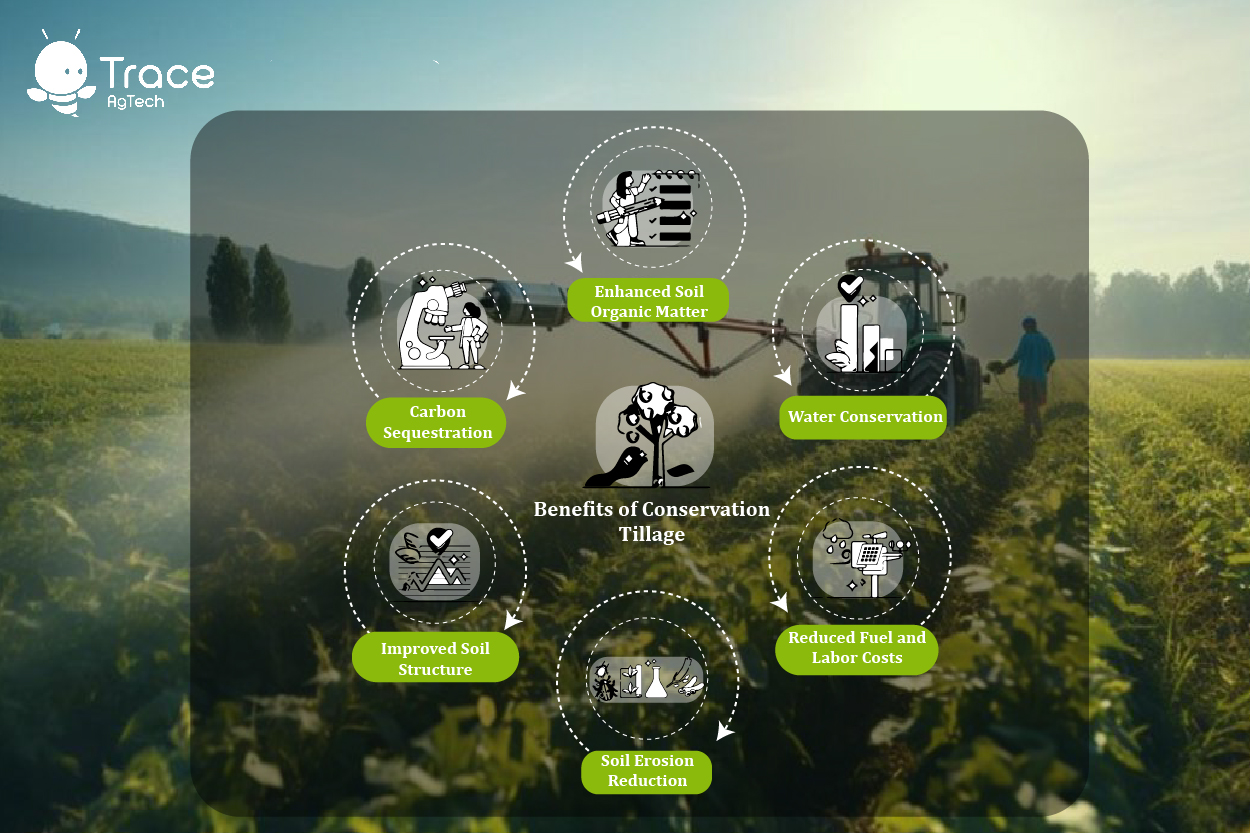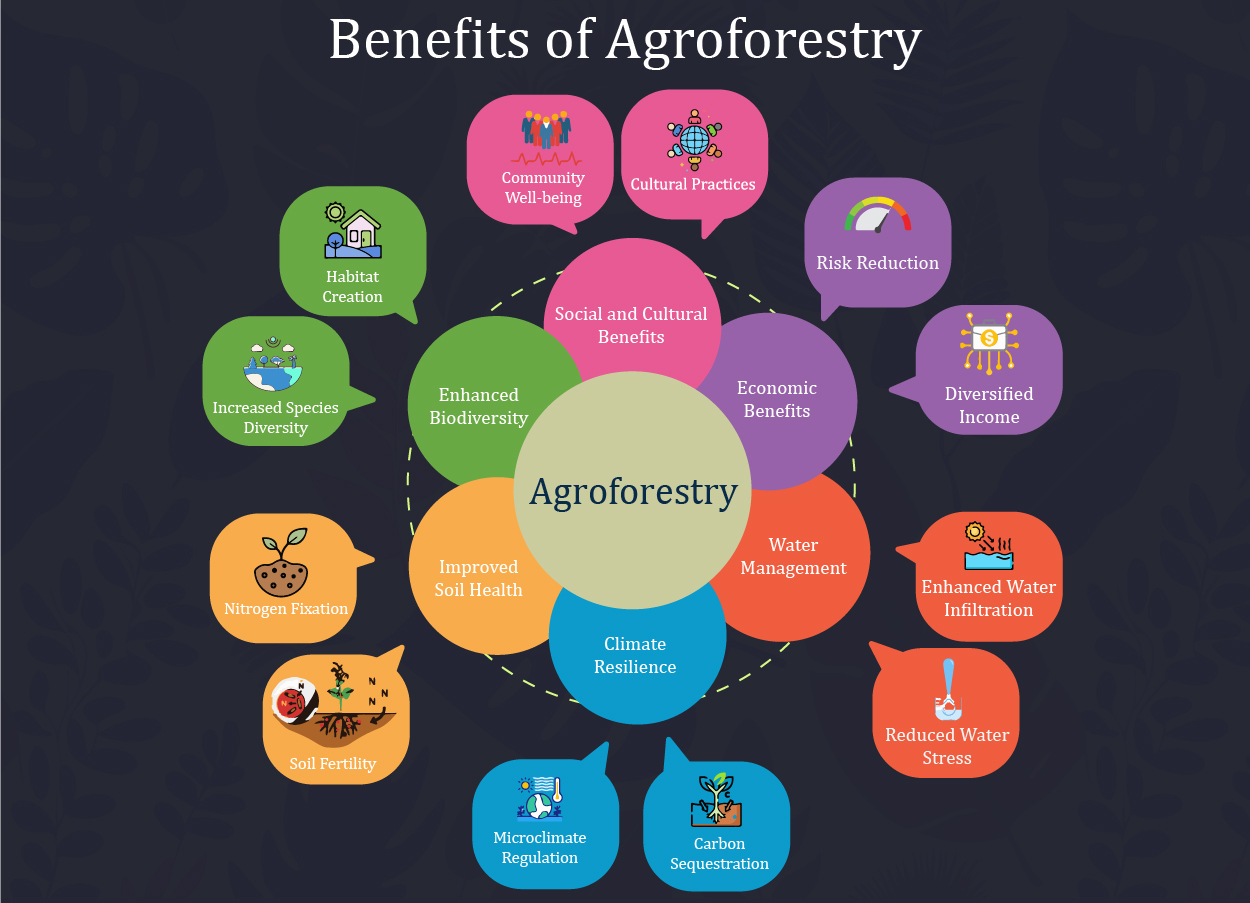Sustainable Practices for Long-term Crop Yield Improvement
In the face of growing global populations and the increasing demand for food, the need for sustainable agricultural practices has never been more urgent. Traditional farming methods, while effective in the short term, often lead to soil degradation, reduced biodiversity, and environmental harm. To ensure food security and environmental health for future generations, it is essential to adopt sustainable practices that enhance crop yields while preserving the integrity of our ecosystems. This article explores key sustainable strategies that can significantly improve long-term crop yields, offering a path towards a more resilient and productive agricultural future.
1. Crop Rotation and Diversification
Crop rotation involves alternating the types of crops grown in a particular field across different seasons or years. This practice helps in breaking pest and disease cycles, improving soil health, and reducing the need for chemical fertilizers. For example, rotating legumes with cereals can naturally replenish soil nitrogen levels, enhancing fertility.
Diversification entails growing a variety of crops rather than relying on a single crop. This reduces the risk of total crop failure due to pests, diseases, or adverse weather conditions, and promotes a balanced ecosystem. Diversified farms often see improved overall productivity and resilience.

2. Integrated Pest Management (IPM)
Integrated Pest Management (IPM) is an eco-friendly approach that combines biological, cultural, mechanical, and chemical tools to manage pests. By using natural predators, crop rotation, and resistant crop varieties, farmers can reduce reliance on chemical pesticides. IPM not only minimizes environmental impact but also helps maintain beneficial insect populations and soil health.
3. Conservation Tillage
Conservation tillage is an agricultural practice designed to minimize soil disturbance and promote soil health, which in turn enhances long-term crop productivity. Unlike traditional tillage, which involves turning over the soil to prepare for planting, conservation tillage leaves the previous crop’s residue on the field’s surface. This method offers numerous environmental and agronomic benefits that contribute to sustainable farming.
Benefits of Conservation Tillage
- Soil Erosion Reduction: By leaving crop residues on the soil surface, conservation tillage significantly reduces soil erosion caused by wind and water. The plant residues act as a protective cover, preventing soil particles from being carried away.
- Improved Soil Structure: Minimizing soil disturbance helps maintain soil structure and porosity. This improves water infiltration and retention, reducing runoff and promoting deeper root growth. Healthy soil structure is crucial for sustaining crop yields over the long term.
- Enhanced Soil Organic Matter: Conservation tillage promotes the accumulation of organic matter in the soil. Organic matter improves soil fertility, supports beneficial microbial activity, and enhances nutrient cycling, all of which are vital for robust crop growth.
- Water Conservation: Crop residues left on the soil surface reduce evaporation rates and improve moisture retention. This is particularly beneficial in arid and semi-arid regions, where water is a limiting factor for crop production.
- Reduced Fuel and Labor Costs: By reducing the need for extensive plowing, conservation tillage lowers fuel consumption and labor costs. This makes farming operations more efficient and cost-effective, contributing to the economic sustainability of agricultural enterprises.
- Carbon Sequestration: Conservation tillage helps sequester carbon in the soil, mitigating greenhouse gas emissions. This practice plays a role in climate change mitigation by trapping carbon that would otherwise be released into the atmosphere.

4. Organic Farming
Organic farming is a holistic agricultural system that emphasizes the use of natural processes and inputs to cultivate crops and raise livestock. This method prioritizes environmental sustainability, soil health, and biodiversity, aiming to produce food in harmony with nature.
Benefits of Organic Farming
- Environmental Sustainability: Organic farming reduces pollution, conserves water, and enhances soil health, contributing to a healthier ecosystem.
- Biodiversity: By fostering diverse plant and animal life, organic farming creates resilient agricultural systems that can better withstand environmental stresses.
- Healthier Food: Organic produce is free from synthetic pesticides and GMOs, offering safer and potentially more nutritious food options for consumers.
- Economic Viability: Although organic farming may have higher labor costs, it can offer premium prices for organic products, making it economically viable for farmers.
5. Precision Agriculture
Precision agriculture is a modern farming practice that utilizes advanced technologies to manage crops at a micro level, ensuring optimal use of resources and maximizing crop yields. By integrating tools such as GPS, soil sensors, and data analytics, precision agriculture allows farmers to make informed decisions tailored to the specific needs of their fields. Here’s a closer look at how precision agriculture works and its benefits:
Benefits of Precision Agriculture
- Increased Efficiency: By applying inputs precisely where they are needed, precision agriculture minimizes waste and maximizes the effectiveness of resources like water, fertilizers, and pesticides. This leads to cost savings and better crop performance.
- Improved Crop Yields: Tailoring farming practices to the specific needs of crops ensures healthier growth and higher yields. Precision agriculture helps identify and address issues promptly, preventing significant losses and enhancing overall productivity.
- Environmental Sustainability: Precision agriculture reduces the environmental impact of farming by minimizing the overuse of chemicals and conserving water. This sustainable approach helps protect surrounding ecosystems and promotes long-term soil health.
- Risk Management: Access to detailed and timely data allows farmers to respond quickly to adverse conditions, such as pest infestations or drought. By managing risks more effectively, farmers can safeguard their crops and ensure more stable yields.
- Economic Benefits: The efficiency gains and increased productivity from precision agriculture translate into higher profitability for farmers. Reduced input costs and higher yields improve the economic viability of farming operations.
6. Agroforestry
Agroforestry is an innovative agricultural practice that combines the cultivation of trees and shrubs with crops and livestock systems. This integrated approach leverages the symbiotic relationships between different plant and animal species to create a more sustainable and productive farming system. Agroforestry offers numerous environmental, economic, and social benefits, making it a valuable practice for long-term agricultural sustainability.
Benefits of Agroforestry
- Enhanced Biodiversity
- Increased Species Diversity: By incorporating a variety of plant species, agroforestry systems support a wider range of wildlife, including beneficial insects, birds, and pollinators.
- Habitat Creation: Trees and shrubs provide habitats for various species, promoting ecological balance and natural pest control.
- Improved Soil Health
- Soil Fertility: Tree roots enhance soil structure, reduce erosion, and increase organic matter, improving nutrient availability for crops.
- Nitrogen Fixation: Certain trees, like legumes, can fix atmospheric nitrogen, enriching the soil and reducing the need for synthetic fertilizers.
- Climate Resilience
- Microclimate Regulation: Trees moderate temperatures and reduce wind speeds, protecting crops from extreme weather conditions.
- Carbon Sequestration: Trees absorb carbon dioxide from the atmosphere, helping to mitigate climate change by storing carbon in their biomass and soil.

- Water Management
- Enhanced Water Infiltration: Tree roots improve soil porosity, increasing water infiltration and reducing runoff.
- Reduced Water Stress: Shading from trees reduces evaporation rates, conserving soil moisture and benefiting crops during dry periods.
- Economic Benefits
- Diversified Income: Farmers can harvest multiple products—such as timber, fruits, nuts, and medicinal plants—providing additional income streams.
- Risk Reduction: Diversified farming systems are less vulnerable to market fluctuations and environmental challenges, ensuring more stable incomes.
- Social and Cultural Benefits
- Community Well-being: Agroforestry can improve food security and livelihoods, especially in rural areas.
- Cultural Practices: Incorporating traditional and indigenous knowledge of tree and crop interactions fosters cultural heritage and sustainable land management.
7. Water Management
Effective water management is crucial for sustainable agriculture. Techniques such as drip irrigation, rainwater harvesting, and the use of drought-resistant crop varieties ensure efficient water use. These practices help conserve water resources, reduce irrigation costs, and maintain crop yields even in water-scarce regions.
8. Sustainable Fertilization
Sustainable fertilization involves using organic fertilizers, cover crops, and crop residues to maintain soil fertility. Avoiding over-reliance on chemical fertilizers prevents soil degradation and reduces the risk of water contamination. Incorporating compost and green manures enhances soil structure and nutrient content, supporting healthy crop growth.
Conclusion
Adopting sustainable agricultural practices is essential for improving long-term crop yields. By focusing on soil health, biodiversity, and efficient resource use, farmers can achieve higher productivity while preserving the environment for future generations. Sustainable farming not only meets the current food demand but also ensures that agricultural lands remain fertile and productive for years to come.
Embracing these practices requires a shift in mindset and often, initial investments. However, the long-term benefits—resilient crops, improved yields, and a healthier planet—make it a worthwhile endeavor for farmers and the global community alike.


Any comments?